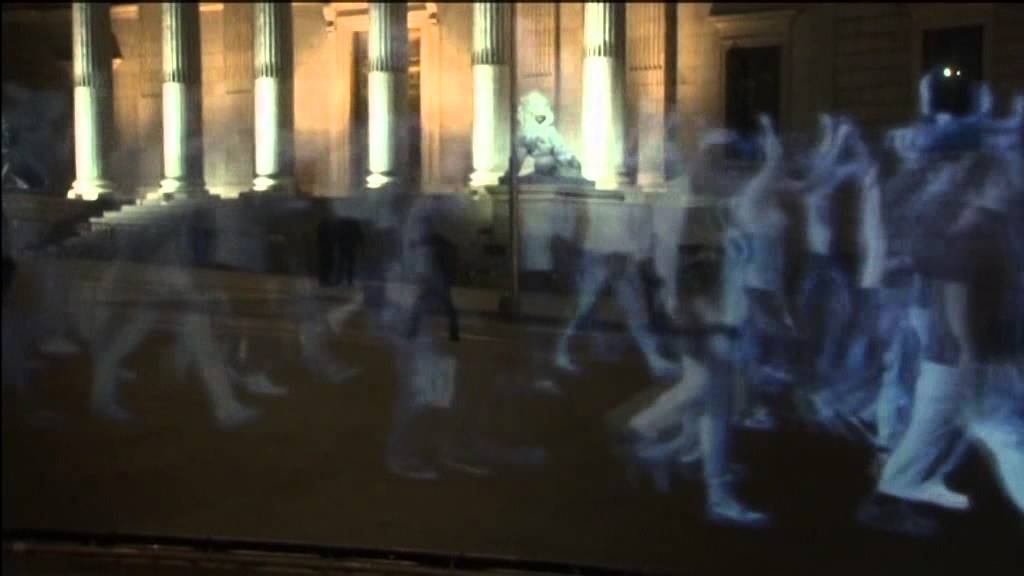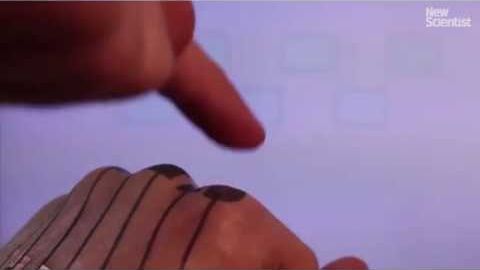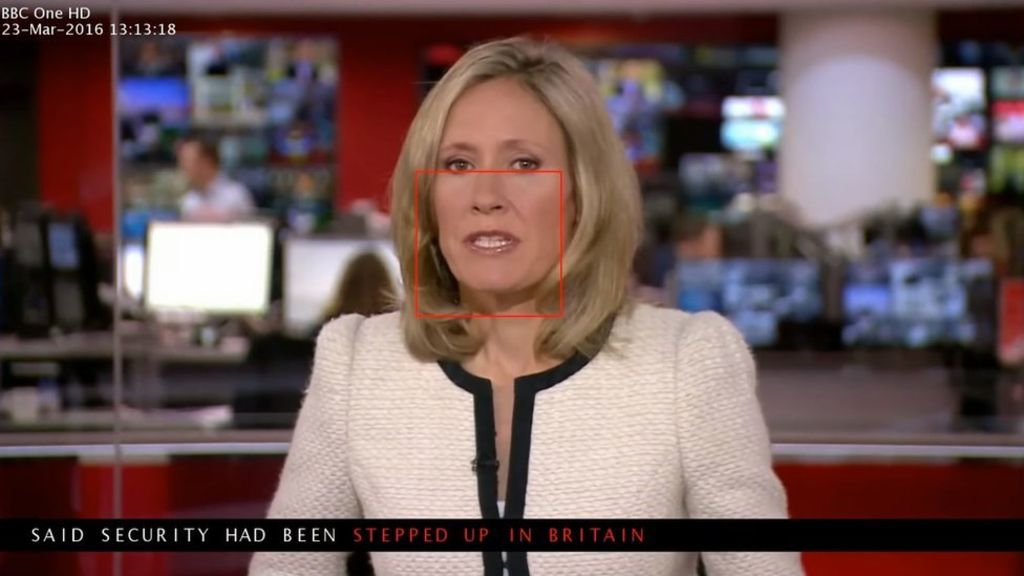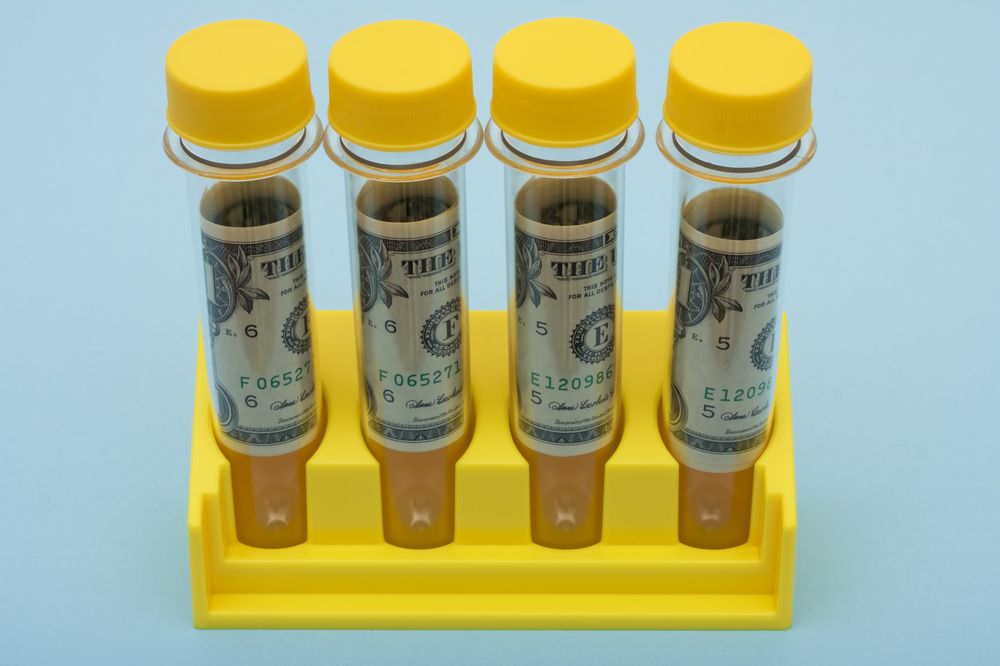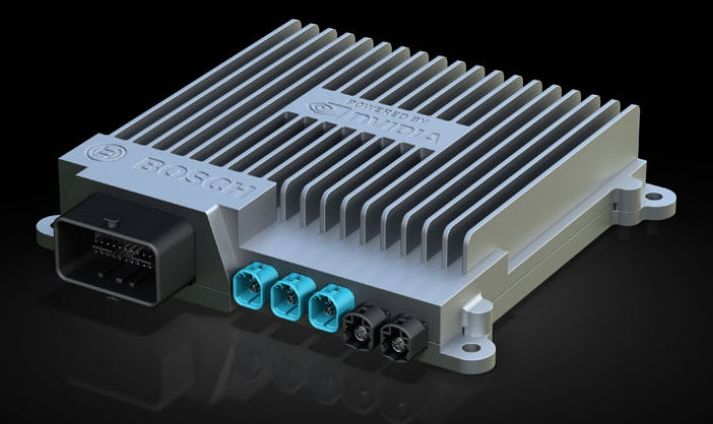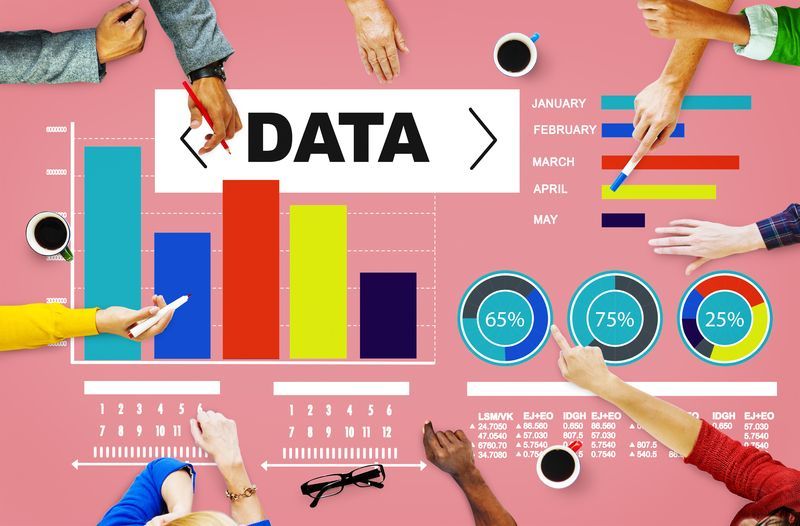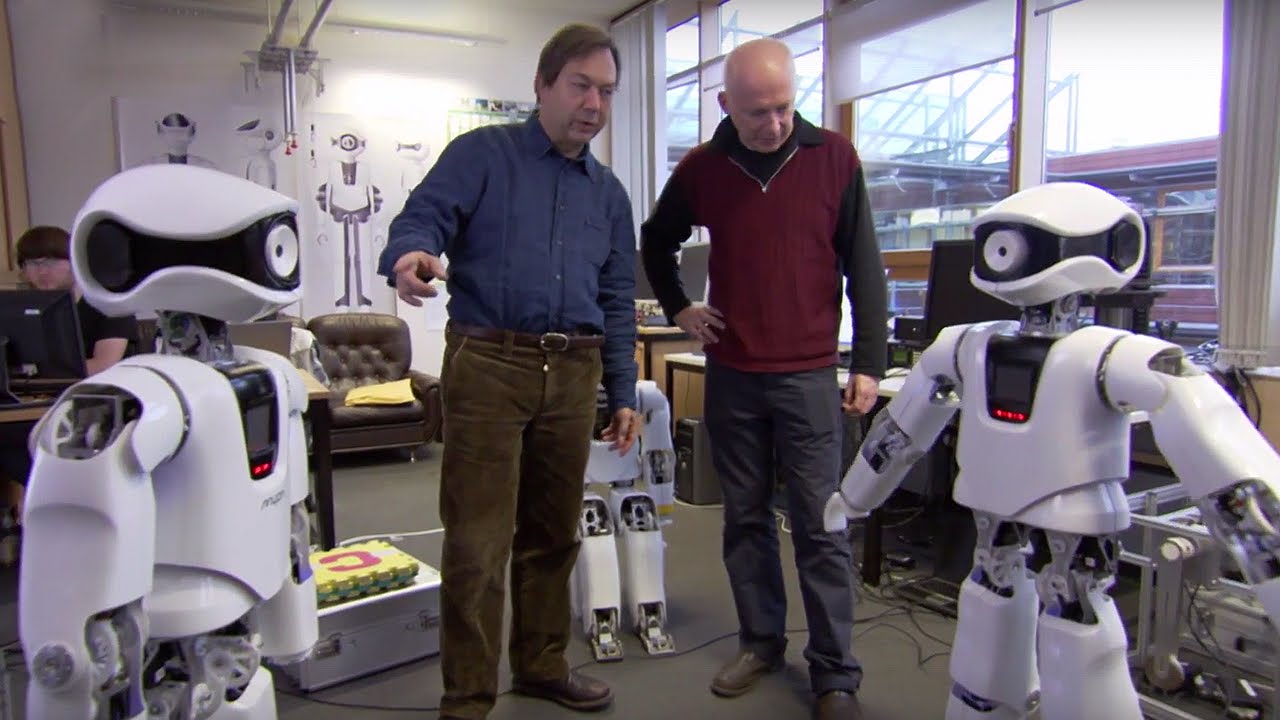If you think augmented reality is only fun and games, consider that we’ve already witnessed the first known police action taken against hologram technology. During the summer of 2015, a performance by controversial gangster-rapper, Keith Cozart, was shut down when local police discovered the musician was broadcast as a hologram into a benefit concert in Indiana—close to the border of his home state of Illinois.
Cozart, who goes by the stage name “Chief Keef,” is from a rough neighborhood in Chicago, and has ties to local gangs as well as a criminal record including felony gun charges. His music, which glamorizes a gang lifestyle and violence, has prompted public officials—including Chicago mayor Rahm Emanuel—to pressure music festivals to avoid inviting Cozart because they say it poses a “significant public safety risk.”
Due to outstanding warrants for his arrest, Cozart can’t even return to Chicago, and so unable to perform in the area, he took the innovative approach of performing from California, but as a hologram beamed into the Indiana music festival. But even that was too much for police, and the performance was immediately stopped.
